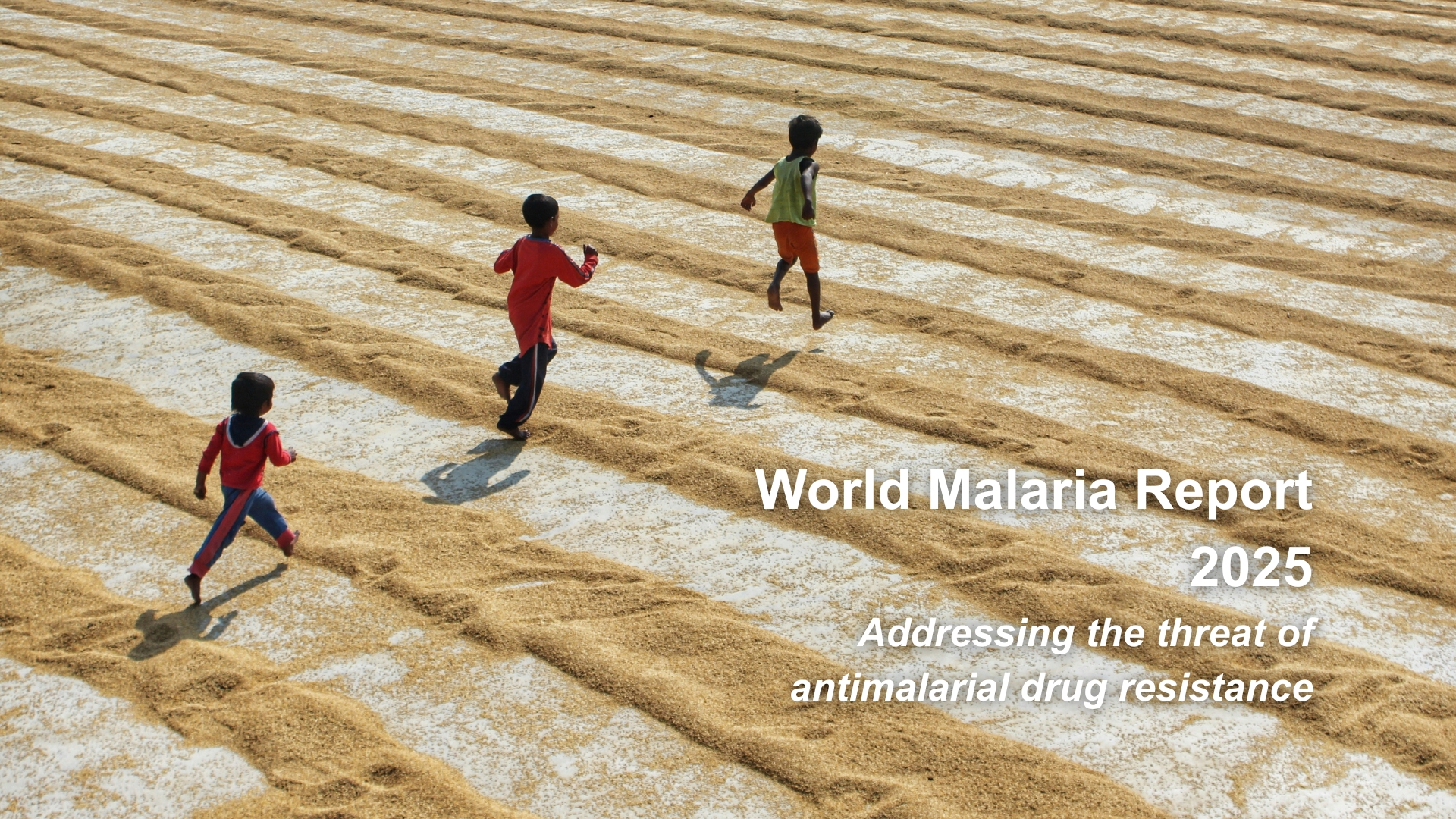
In the Asia Pacific region, malaria and Lymphatic Filariasis (LF) exhibit comparable transmission patterns and overlap geographically. Integrating the responses to tackle these two diseases holds significant promise, as both diseases can potentially be effectively managed using the same vector-targeted interventions.
At the 8th Asia Pacific Leaders’ Summit on Malaria Elimination, Dr Moses Laman, Deputy Director, Science and Research from the PNG Institute of Medical Research (IMR), discussed PNG’s diverse demographics and geographic challenges, emphasizing that 90% of its population reside in rural areas far from urban health facilities. He highlighted the necessity of innovative approaches like integration to deliver cost-effective malaria services. While integration is endorsed across PNG's decentralized health system, challenges such as a shortage of health workers persist.
A recent landscape assessment conducted in PNG to address malaria and LF elimination in Milne Bay province looked into the burden of these two diseases, their shared synergies and the opportunities for the development of an integrated response for malaria and LF. The assessment highlighted the need for strengthening disease and vector surveillance particularly for LF to ensure effective management(1). Despite some limited vector monitoring by PNG IMR, a robust LF surveillance system is lacking, hindering evaluation of control measures.
The Thematic Feature: Integration for Joint Elimination of Malaria and Lymphatic Filariasis (LF), a collaborative effort by Asia Pacific Leaders Malaria Elimination (APLMA), PNG IMR, and Global Institute for Disease Elimination (GLIDE), underscores the significance of jointly addressing complex public health challenges and highlights recommendations to tackle the intertwined challenges of malaria and LF in PNG.
In conclusion, the challenges posed by malaria and LF highlight the urgent need for integrated and comprehensive disease elimination strategies. By adopting a collaborative approach that leverages joint surveillance, vector control, capacity building, and evidence-based resource allocation, countries like PNG can pave the way toward a future free from the burdens of these debilitating diseases.

Read the Thematic Feature
Integration for Joint Elimination of Malaria and Lymphatic Filariasis
Published by APLMA, PNG IMR, GLIDE
June 2024
------
Reference:
P. IMR, “Landscape assessment: Malaria and Lymphatic Filariasis Control in Papua New Guinea with focus on Milne Bay Province,” Unpublished , 2024
.svg)


.jpg)



.jpg)


